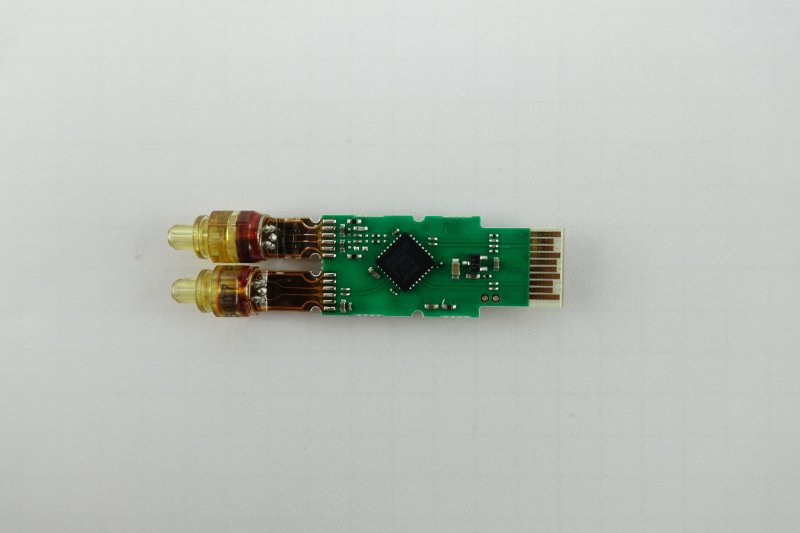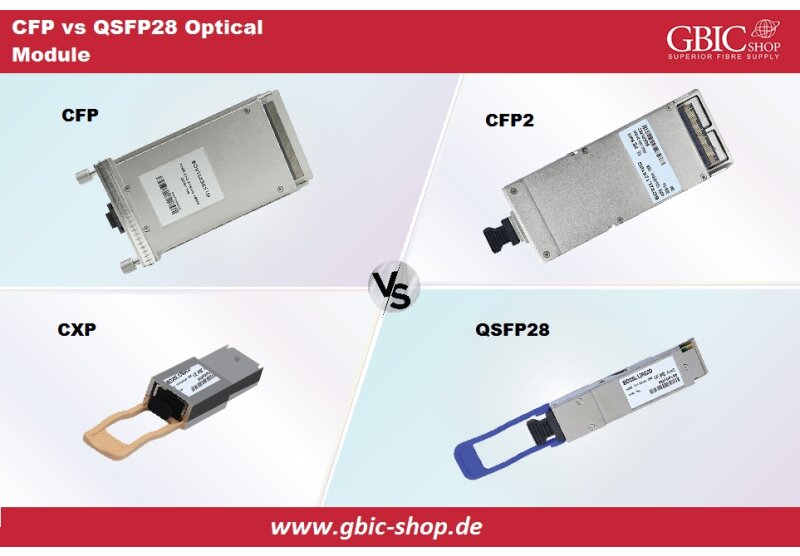Optical Transceiver is a key component of an optical transmission system that permits coupling of the transmission medium with the active components of the chain, such as switches, routers - optical interfaces or any optical transport equipment.
Transceiver is not a new buzz-word; it came back from the old analog radio equipment transmission days. Nowadays, in the optical world, it is defining the process of converting electric signaling toward the optical transmission with the help of TOSA module and performing inverse action through the ROSA module.
TOSA module is the Transmission Optical Sub Assembly module which converts the electrical signal to the optical transmission light that lands on the fibre. It is a small and expensive module and the materials and manufacturing used for it has to be of good quality standards in order to provide a long time stable optical signal. A TOSA contains a semiconductor laser diode (LD), while a ROSA contains a photodiode (PD), optical lens, preamplifier, and passive electrical parts.

The transmitter mainly consists of an LD and its driver circuit with an automatic optical power control (APC) circuit, Fabry-Pérot Laser Diodes (FP-LDs) and distributed feedback Laser Diodes (DFB-LDs) are widely used in optical transmission systems. FP-LDs are inexpensive and commonly used in ONUs. The standardized allocation of optical wavelengths in a Passive Optical Node system is upstream around central frequency 1310 nm and downstream data around central frequency 1490nm and video data downstream around 1540 nm. To achieve this accuracy for the optical transmitter, it is used a DFB-LD, which can provide a narrow optical wavelength spectrum.
Material
These packages feature Ceramic-to-metal feed-thru leads for optimal function and reliability. Metal body with standard or custom heat sink material. Laser feed-through with ball lens, glass or sapphire window.
Features
• Excellent electrical performance in a wide range of package sizes
• Small through hole mounting package with rugged construction
• Hermetically encapsulated packages offering enhanced thermal dissipation
• Ceramic-to-metal feed-thru with precise ceramic dimension and brazing
• Choice of ball lens, glass or sapphire windows or metal pipes
• High temperature copper/tungsten heat sink comes standard
• Self Lock lens attach to package body
• Stainless washer on pipe end for better laser weld capability
ROSA - assembly
The ROSA consists of a photodiode, optical interface, metal and/or plastic housing, and electrical interface. Depending upon the required functionality and application, other components may be present as well including amplifiers. It is used to receive an optical signal from a fiber and convert it back into an electrical signal.
The receiver consists of a Photodiode, which converts a received optical signal to an electrical current signal, and amplifiers. The amplifiers reshape input signals degraded by long-distance transmission. The amplifier circuit consists of a preamplifier and a post-amplifier. The preamplifier converts a current signal to a voltage signal and amplifies the converted signal.
The post-amplifier equalizes the output signal of the preamplifier to an amplitude level suitable for input to the following digital circuit.The Photo-Diode and preamplifier are assembled in a ROSA module because the preamplifier is very sensitive to mounting conditions. The ROSA module makes it easy to handle the optical module and better performance is obtained.
 English
English
 Deutsch
Deutsch
 Espaniol
Espaniol










